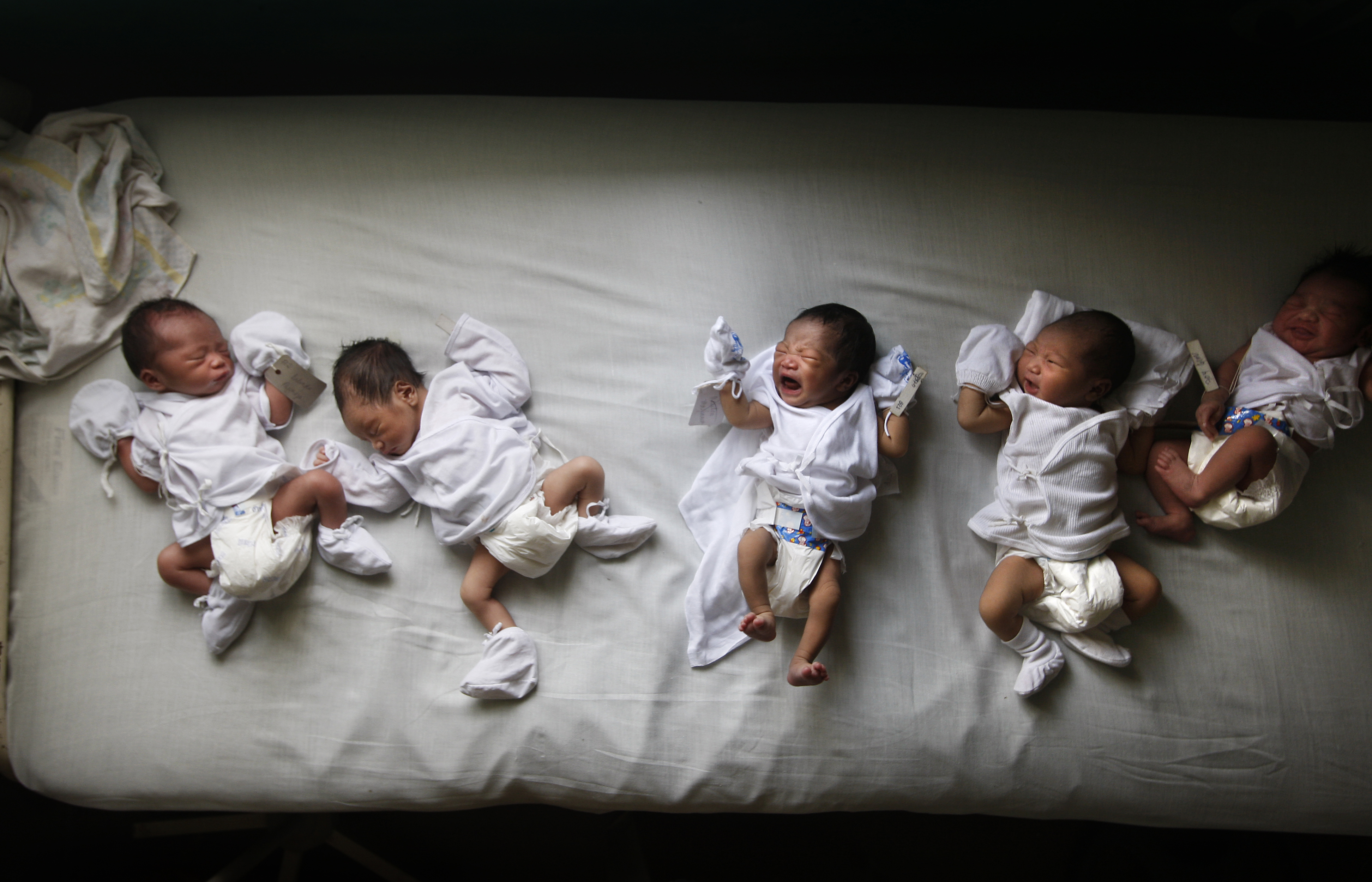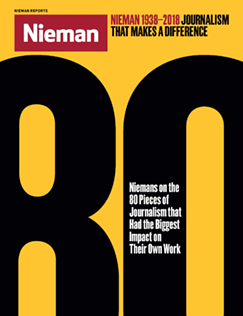
Newborns are lined up side by side in Dr. Jose Fabella Memorial Hospital, a fraction of the 50 to 100 babies born there everyday. The hospital is sometimes dubbed the "baby factory" because of the sheer volume of children being born there
“Beyond 7 Billion,” the Los Angeles Times’s five-part series, melds excellent writing with stunning visual journalism. It connects global overpopulation to terrorism, environmental collapse, starvation, politicization of birth control, and much more. I consumed the articles with mounting horror over the seemingly incorrigible problem of overpopulation, but also pride over the work being done by fellow journalists. Yet I wondered about the choice to exclude the U.S. and other nations from this study of a world issue. To focus on the effects of human overpopulation in Africa and Asia and ignore its impact in Westernized regions was to imply to some degree that we in the West are both unaffected by it and not in some way responsible for it. I wondered what might have been possible to understand about our potential role in producing and perhaps working to solve this global problem if those behind this series had started or ended at home.
I teach the “Beyond 7 Billion” piece to my journalism students because it is both exemplary in its approach and emblematic of the problems we must overcome in American journalism to become the guiding light for informed and engaged citizenship. As a piece of multimedia journalism and an intersectional approach to a problem that affects all humans, it was a lovely marvel. However, in our attempts to document the story of humanity, we must end the belief that the story is “out there” and recognize that we, as journalists educated in and working for Western outlets, are implicated in each story of human overreach, environmental decline, and social struggle.


